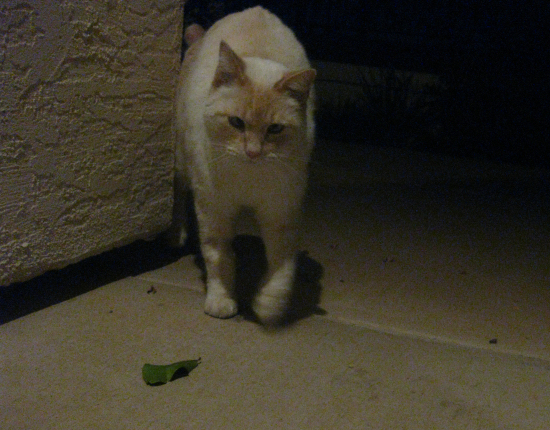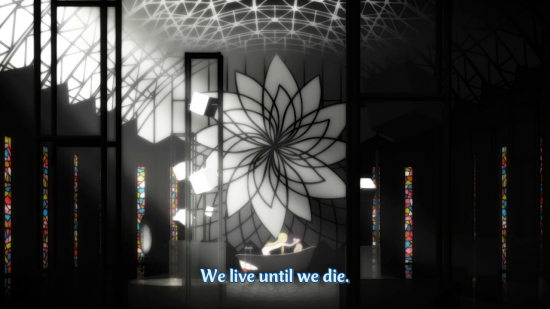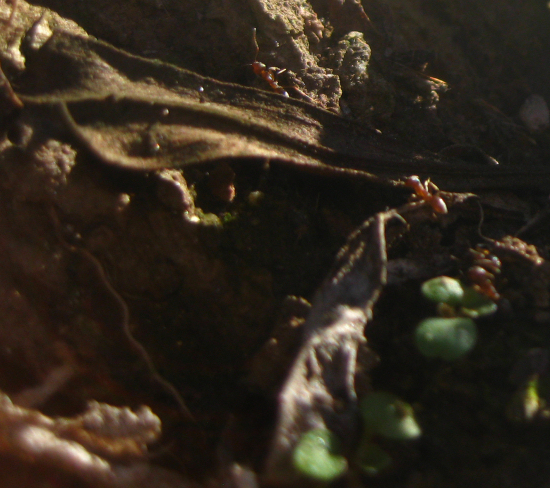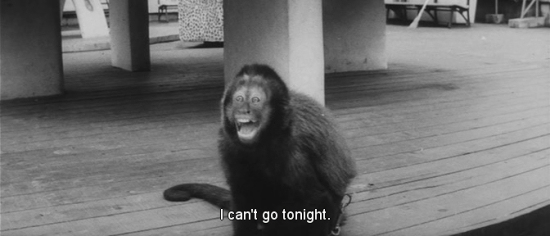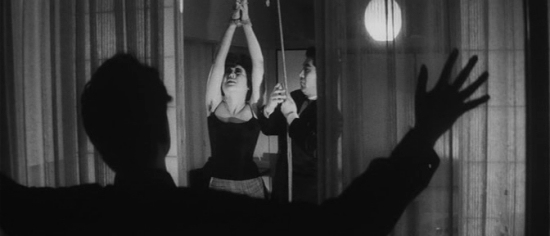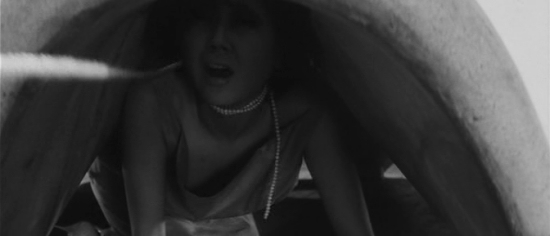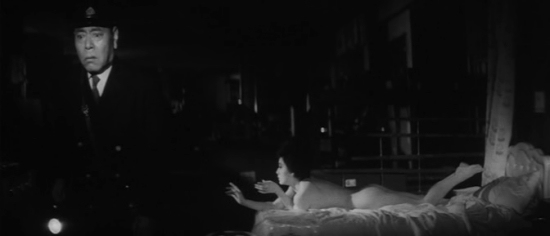
I have a new health rule for you, Oprah. Maybe try not squeezing your gut into a Victorian strength corset. Assuming what I'm seeing isn't Photoshop. Considering her head's at kind of an unnatural angle, I guess there's a good chance that's not even her body. I saw another cover of
O Magazine a couple weeks ago where her smiling head looked like a character at the beginning of a Disney cartoon.
Every single cover of
O Magazine cracks me up. There's just something about self worship I find inherently funny. Oprah to me is like a character in a Coen Brothers movie, with the sort of adorable ridiculousness of Walter in
The Big Lebowski. This cover might be my favourite so far, though--the statement "Express Yourself" coming from Oprah to her minions is such a gift of unselfconscious irony. Sort of like a woman whose cover photos have more cgi than the new edition of
Phantom Menace telling women to be comfortable with their own bodies. Though maybe she's at least not indulging as far as that in hypocrisy.
It was the power supply that went bad in my computer on Tuesday. It was a hand-me-down from Tim, who'd had it for some time before me, but he seemed to find it hard to believe it was the reason my computer wasn't powering on as normally when he's seen power supplies go bad they emitted smoke and a noticeable odour. He talked about once having a fire start inside his computer while he was in the middle of playing
Guild Wars.
So I had to get a replacement yesterday. The power supply looks remarkably like an internal organ to me, consisting of a grey metal box with twisting red, black, and yellow wires and cords of varying size coming out of it to attach to various things in the computer tower. One particular fat cord looks distinctly like an artery. And I suppose the function of the power supply is analogous to the heart in a human body. Tim told me that the power supply is one of the few components inside computers that's changed little over the past several decades.

I suppose it's ironic that on the SOPA/PIPA blackout day I watched my Criterion copy of
Charade, a public domain* movie I paid around thirty dollars for. Among other things, the Criterion print is beautiful (
you can watch the whole movie here on YouTube), though it was hard to tell since I was watching on my old Zenith television that was made in the 1980s. I'd say it's been at least five or six years since I watched anything on that television.

Every time I watch
Charade I like it a little more. I found it deeply disappointing the first time I watched it. Now the only thing I don't like are the extraordinarily corny attempts at humour, mostly early in the film, like Audrey Hepburn's broad delivery of a line to the police inspector, starting with an incredulous if you're trying to frighten me followed by a terrified "you're doing a very good job." And Cary Grant, at 59, seems a bit tired in the movie, particularly after I'd watched
His Girl Friday the night before. But the movie just has too many good elements to be bad--an amazing cast including, in addition to Grant and Hepburn, Walter Matthau, James Coburn, and George Kennedy. The sets and costumes are beautiful and the movie's soundtrack has always been one of my favourite Henry Mancini scores.

Last night I dreamt I ran into Sonya in a record store. She picked up a pack of around eight audio cassettes wrapped in green paper and told me, "These are my father's." Shortly after that, the lights went out as a film started, projected on the wall behind me. There were a number of people there who'd been waiting for a film to start, though for some reason I think they were expecting an episode of
Star Trek and most of them were unhappy when the film shown turned out to be a highlight reel of Jon Pertwee on
Doctor Who. I looked around for Sonya, but couldn't find her. I saw someone I thought was Tim, but it turned out to be Brock Peters, who seemed particularly upset
Star Trek IV wasn't being shown.
The walls were covered by heavy black drapes, two of which I parted to step outside, where I found the record store to be located on a large platform floating in a yellow and brown, cloudy sunset sky. There was a library there and Jo Grant was with the fourth Doctor standing outside of it. They were both talking about going in when they were approached by another fourth Doctor, wearing his darker brown coat while the first one was wearing the lighter, tan-ish one. The two Doctors seemed to be testing each other and, upon request from the dark brown coat Doctor, the tan coat recited something from a book they were both familiar with. I don't remember the quote, but it had something to do with a word beginning with the letters "R" and "e". When the tan coat finished, the brown coat said, "It seems I was trying harder that time."
We all went into the library and began searching for something. There were three other fourth Doctors inside, already searching. Eventually, one of them went with Jo through a door that opened on the top of a staircase, where orc guards all dressed as Batman stood on the sides of each step, against the railings. Jo and the Doctor walked down the steps and opened a door on the other side of which was just black void. Jo fell out into it, screaming while the Doctor jumped out with a hang glider. He was gradually descending when I woke up.
*
Why is Charade public domain? Consult the totally free Wikipedia entry for the answer.

